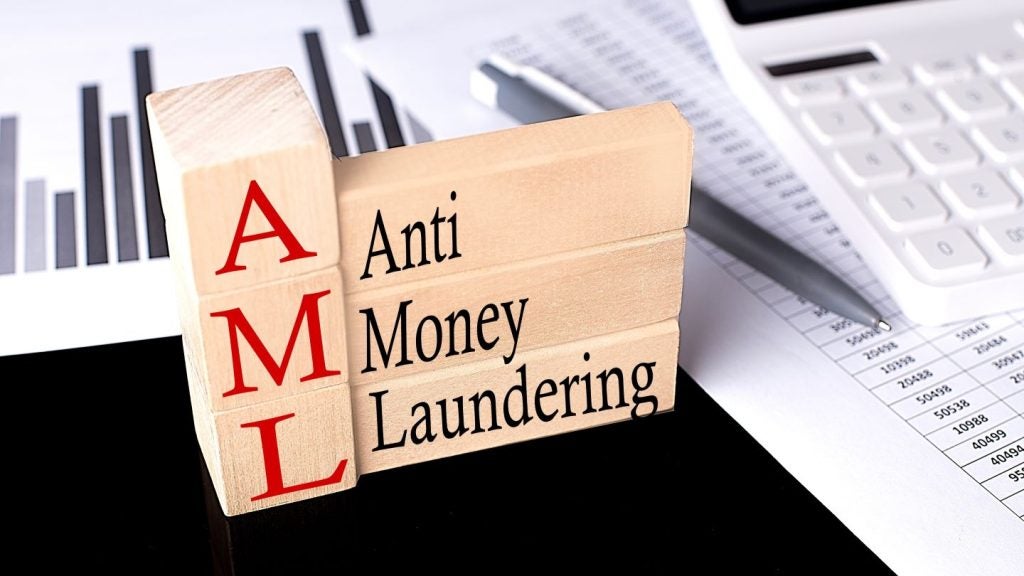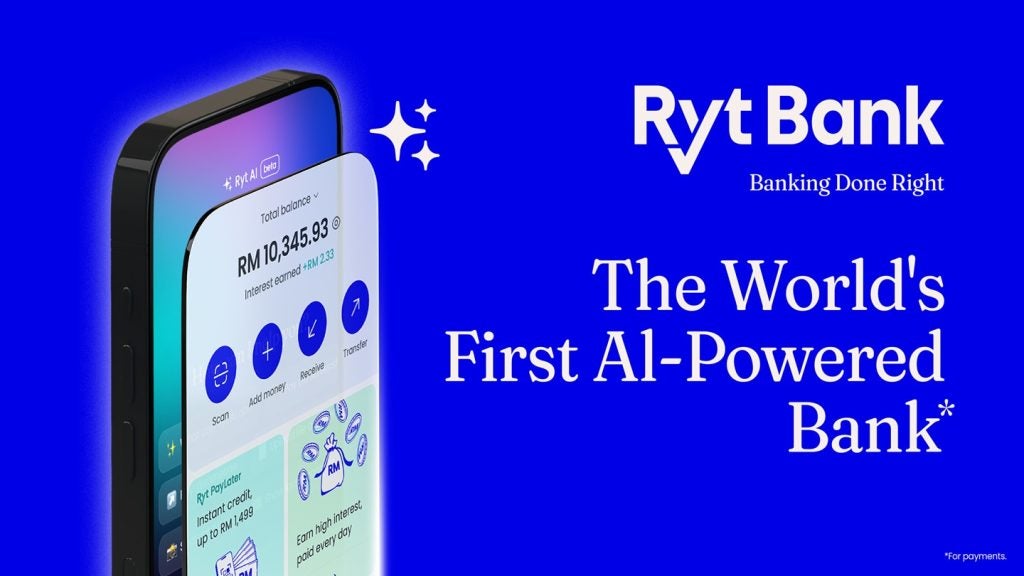In the fiscal year 2016-17 during which the Indian government demonetised high value currency, digital transaction grew by a whopping 55% in volume and 24.2% by value over the previous year, according to government think-tank Niti Aayog.
In contrast, during the five year period ending 2015-16 the volume of overall digital transactions registered a compounded average annual growth rate of 28%.
At an event organised by industry body FICCI, Niti Aayog principal advisor Ratan Watal said: “These figures are truly reflective of the fact that India today stands at the cusp of a digital payments revolution through rapid penetration of digital payments infrastructure across the length and breadth of the country.”
The outstanding stock of currency in circulation, which hovered around 12% of GDP between 2011-12 to 2015-16, dipped to 8.8% during 2016-17 post demonestisation, in which 86% of the currencies in circulation were scrapped.
The retail payments segment accounted for as much as 98 to 99% of total volumes, the think-tank revealed.
“Due to innovations in digital payment technologies and increasing consumer satisfaction, the growth trends in digital payments are positive and will continue to dominate the payments landscape in India. This dispels the doubts raised by some commentators regarding the growth of Digital Payments, subsequent to demonetization,” Watal further noted.

US Tariffs are shifting - will you react or anticipate?
Don’t let policy changes catch you off guard. Stay proactive with real-time data and expert analysis.
By GlobalData






